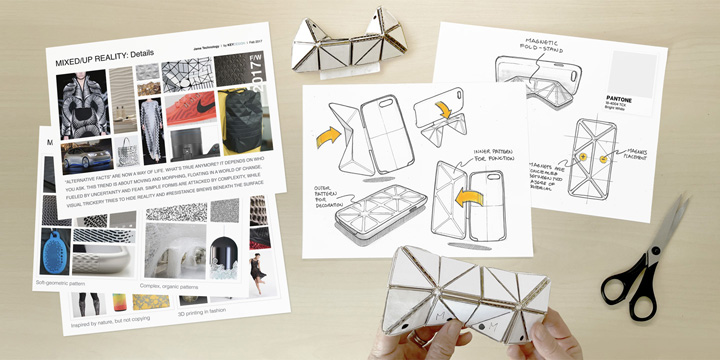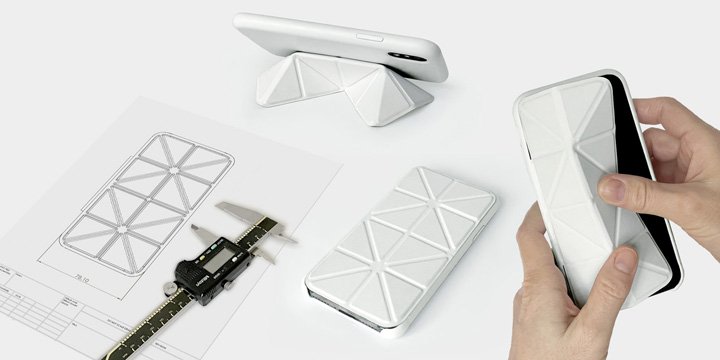Design
Services
Industrial Design
We specialize in industrial design services, offering support from the initial concepts to the final design. We've helped startups get to the next level (from humble beginnings to IPO), and worked with established companies to innovate and stay ahead of the competition.
Partner Network
We are committed to help our clients succeed by offering support throughout the entire product development, from the initial concepts to the final product. In collaboration with our partners we can offer additional services beyond industrial design. Our partner network includes experts in mechanical engineering, packaging design, and manufacturing.
Design
Process

Phase One
Discover
During the initial discovery phase, we gather and analyze a wide range of data. This includes understanding the
client's requirements, their unique brand identity, the needs of their target audience, as well as the latest
market trends and competition. Through research, observation, and user empathy, we identify patterns, pain
points, and opportunities. In collaboration with the client, we define opportunities and establish clear goals
for the project. This phase establishes a strong foundation for a purposeful design process.
Ideate
Using the knowledge from the Discover phase, we generate ideas, explore concepts, and address problems through
sketching, brainstorming, and creating prototypes.

Phase Two
Conceptualize
Next, we create 3D models of the selected ideas from the previous phase, for more precise visualization and
further design exploration. Prototyping can involve various methods such as 3D printing, laser cutting, or
handcrafting.
Test
Prototypes are tested to validate the design. This iterative process helps identify any potential issues and
allows us to make improvements and refinements to ensure the final design meets the requirements for
functionality and user satisfaction.
Design
Detailed and precise 3D CAD model, ensuring the design is both elegant and user-friendly. This CAD model will
then be handed over to the engineering team for further development and implementation. In addition, we generate
photo realistic renderings that present the product's colors, materials, and finishes. To effectively
communicate design specifications to manufacturers and other stakeholders, we create a comprehensive document
known as a "tech-pack".

Phase Three
Collaborate
Design for manufacturing (DFM) is a collaborative phase that involves industrial designers and engineers.
Industrial designers focus on creating visually appealing and user-friendly designs, while engineers bring their
technical expertise in manufacturing processes. This collaboration is essential to ensure that the original
design intent is preserved to achieve a final design that is both functional and aesthetically pleasing, while
also being feasible and cost-effective to manufacture.
Support
We remain involved throughout the process, verifying the intended design until the product is shipped. This may
include tasks such as production supervision and quality inspection to ensure that the manufactured products
meet the required design standards and specifications.